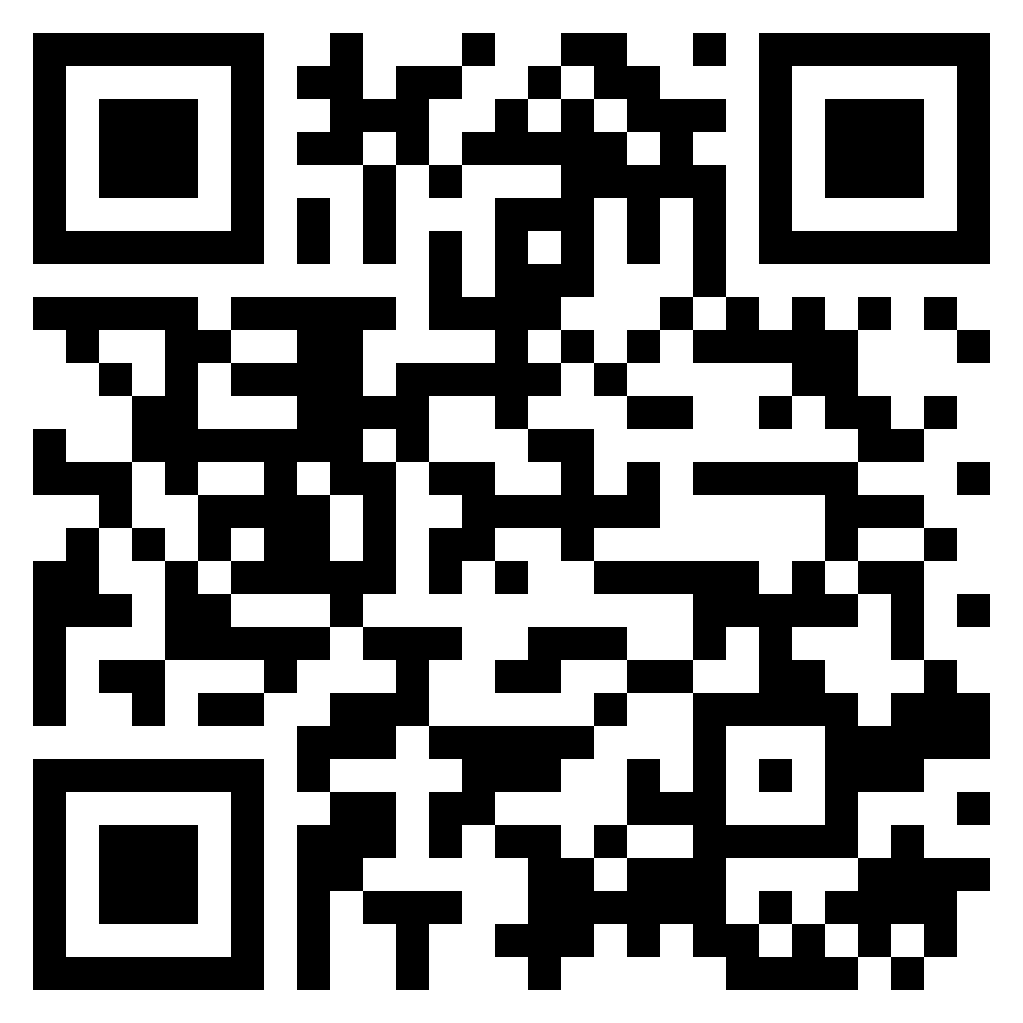What Makes a Good Underground Service Locator?
An underground locator service is used to identify and map out the exact position of underground utilities and structures. These include water pipes, gas lines, electrical cables, and sewage systems.
But what makes it good? Mostly the usage of various technologies, including ground-penetrating radar and electromagnetic equipment. These detect any hidden elements without needing to dig.
There are many reasons why it is important to have an accurate underground utility locator service. One of the main ones is that it helps prevent accidents and ensures the safety of workers and the public. Additionally, it decreases the risk of damaging the underground infrastructure that’s already at the construction site.
Finally, accurate locating is essential for planning new construction projects which ensure that they are built efficiently and without interfering with existing services.
Let’s discuss these in detail now.
Key Characteristics of a Good Underground Service Locator
There are multiple characteristics that convert a normal underground locator service into a good one. These include:
Accuracy
The underground locator service needs to be accurate. To accomplish this, companies use advanced technologies such as ground-penetrating radar (GPR) and electromagnetic equipment. These allow them to see what’s beneath the surface before digging.
GPR sends radio waves into the ground and detects the signals that bounce back. It identifies objects and changes in material. Other than that, the Electromagnetic equipment detects the magnetic fields created by metal objects like pipes and cables. If you use these technologies, you can pinpoint exactly where utilities are located.
But to be able to use these technologies, you’ll need to hire a company known for excellent service, such as a Brisbane underground locating service like QLD Utility Locating.
Expertise
The people who operate this technology need to be well-trained and experienced. Certifications show that they have met certain standards and are proficient in using the equipment and interpreting its data. Experience also means they are more likely to recognise unusual patterns or signs that might indicate hidden utilities or structures.
Technology and techniques in underground utility locating services are constantly improving. Continuous training helps technicians learn about these advancements and hone their skills. This ongoing education ensures they can handle complex situations and use the latest technologies effectively.
Comprehensive Services
If you’re planning a construction, it is necessary to detect the underground utilities so you don’t damage them. These include water pipes, gas lines, electrical cables, and telecommunication lines.
Besides utilities, many projects require locating other items underground, such as historical artefacts or assessing environmental conditions. Services that can also identify these non-utility items are invaluable for archaeological studies and environmental assessments, ensuring that the work does not disturb historically or environmentally sensitive areas.
Safety Compliance
It is important for underground locator service to follow established standards and regulations. By doing so these service locators ensure that they are not only legal but also safe and reliable. These rules are designed to protect both the workers and the public from the dangers.
These safety protocols include measures like marking the location of detected utilities before any digging starts, wearing protective gear, and following procedures to avoid accidents. These protocols help ensure that the work site remains safe and that everyone involved is protected from potential hazards.
Technology and Tools
These underground services locators need various advanced technologies and tools to accurately find and map underground structures. It might be impossible for them to do so if they don’t have these. Some of the technologies used in this field are:
Ground-Penetrating Radar (GPR)
GPR is a method that uses radar pulses to image the subsurface. It sends radio waves into the ground and measures the signals that bounce back. This technology is particularly effective for identifying non-metallic objects, such as plastic pipes or voids. It can also determine the depth and size of these objects.
One of the main benefits of GPR is its versatility in detecting a variety of underground features. However, its effectiveness can decrease due to certain soil conditions. For example, wet or highly conductive soils can absorb the radio waves, which makes it challenging to get clear images.
Electromagnetic Location Devices
Electromagnetic locators are tools used to find metal objects underground, like pipes and cables. They work by sending a signal into the ground with a transmitter. When this signal hits a metal object, it changes the surrounding magnetic field. A receiver then picks up these changes to pinpoint where the metal objects are.
These locators are very useful, especially in cities, to help avoid damaging important metal utilities like iron pipes and electrical cables during construction work. However, they have a limitation: they can only detect metal and not non-metallic objects like plastic pipes. This makes them essential but also limited in their scope.
GPS and GIS Integration
Using Global Positioning System (GPS) and Geographic Information Systems (GIS) with underground service locating tools makes the data they collect much more accurate and useful. GPS gives exact locations, while GIS helps handle, analyse, and show this location data in clear ways.
This setup allows for immediate mapping and reporting of underground utilities. As the locator finds underground objects, their exact spots are quickly added to a GIS database. This provides important, real-time information that helps with making decisions and managing projects efficiently.
Challenges and Solutions
Here are some of the challenges and their solutions that arise during underground service locating.
Common Challenges in Underground Service Locating
Complex Underground Environments: Urban areas, in particular, have highly complex underground environments where multiple types of utilities and structures are densely packed. This complexity can make it difficult to accurately identify and locate specific utilities without disturbing others.
Interference from Existing Infrastructure: Existing underground infrastructure can create electromagnetic interference or signal reflections that confuse the detection equipment. This can cause the equipment to take inaccurate readings or miss detections.
Innovative Solutions and Approaches
Advanced Data Analysis Techniques: To handle the complexities of data collected from underground detection equipment, professionals now use advanced data analysis techniques.
Machine learning and artificial intelligence can help distinguish between different types of materials and structures. They also improve the accuracy of locators and reduce noise from other sources of interference.
Collaboration with Other Experts and Services: By collaborating with experts from various fields such as geology, engineering, and urban planning, pipe locating services can gain a deeper understanding of their work environment.
This collaboration often results in better planning and execution of locating tasks. Additionally, it can inspire innovative methods for managing underground infrastructure.
Conclusion
So, now you know why it is essential to identify and map underground utilities accurately. It ensures both safety and efficiency in construction and urban development.
By using advanced technologies like GPR and electromagnetic devices, you can save yourself from costly damages and support sustainable development.
If you want a professional underground locator service, Get a Quote from us Now.







Comments
{tag_commentspaged}